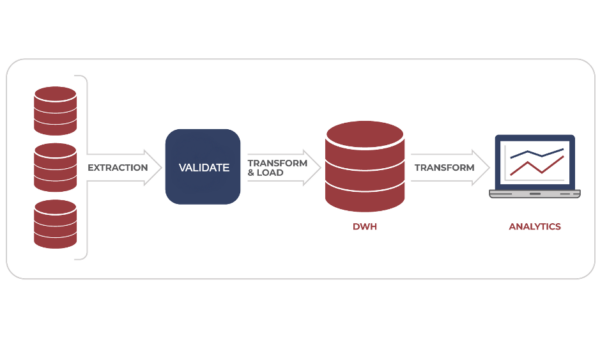The Undeniable Need for Data Validation
By Daniel Hussem - Director of Marketing for Troparé Inc.
Click here to read the original article on Business2Community.com

Introduction
Data validation is a must for companies working with data collection, data analyses, reporting, or preparing data for client companies. Accurate data from the start leads to accurate results.
A key task is to validate data before it gets used for marketing/sales purposes in order to guarantee high-quality outcomes. Thus, data validation becomes a critical step in any workflow. This process is often appeared as time-consuming or unnecessary for companies working within the B2B industry. Yet, mistakes and broken data are even more expensive.
There is a huge risk of losing time and money due to invalid data. File validation services can help bring more clarity and efficiency to everyday data workflows.
Why Validate?
Data validation should be conducted prior to importing and processing the data. This process aims to check the accuracy, formatting, and quality of the data.
Given a traditional ETL workflow, the extract-transform-load process holds a considerable responsibility, as it is tasked to extract, transform, and load data into the target source. However, data validation is a criterial step in that process as well which is why EVTL (Extract, Validate, Transfer, Load) might be a more suitable format.
In recent years, file and data validation has acquired new roles. Marketing and sales lists are often filled with incorrect data or data which will most likely be out of date in the next 3-6 months. Application of insufficient, broken or outdated data proves to be inefficient and not cost-effective. File validation now serves as a preventive measure as invalid or wrongly formatted data often results in missed opportunities, wasted time, and lost revenue.